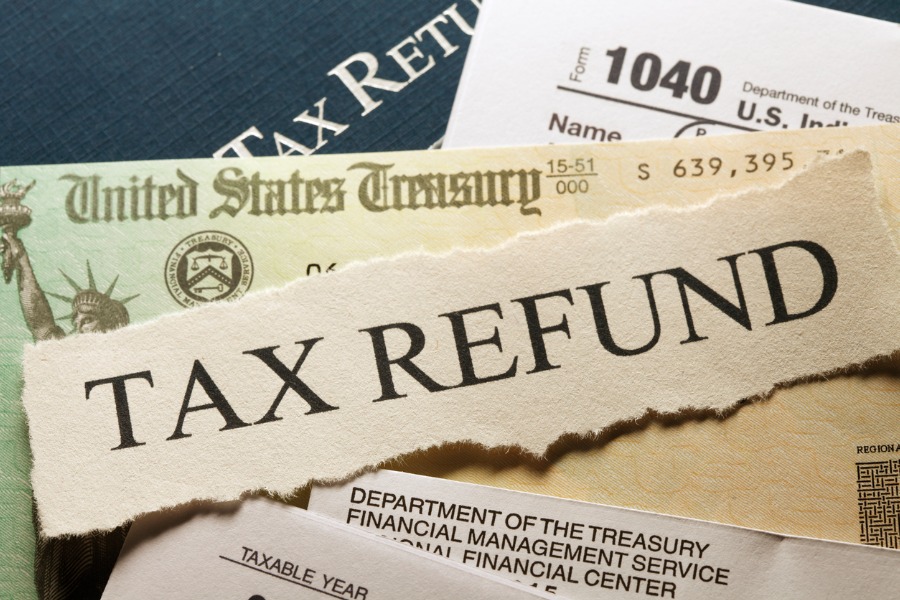

Americans are finding it harder save in the current economic climate with back-to-school costs adding to the challenge.
With the Fed continuing to maintain interest rates at elevated levels, although there are hopes that a jumbo cut could come next month, finding spare dollars to save is hard and new research reveals many people are missing their savings goals – and may have spent tax refunds they intended to save.
The Growing Personal Savings Tracker from Santander Bank for the second quarter of 2024 reveals that 44% of Americans missed their savings goal in June, up from 35% in March; and while 54% did contribute to their savings each month from April-June, this was down from 60% who did so in the January-March period.
Although 86% of respondents to the bank’s research said they planned to use at least some of their expected tax refunds to top up their savings, just 60% did so and even then generally saved less than intended. Too many financial commitments was the main reason.
As schools return, these costs, along with energy bills, are not only delaying spending but driving withdrawals. More than half of respondents who need to do back-to-school shopping said they will dip into savings to fund it, and 60% said these expenses will be a barrier to saving.
For four in ten parents of kids under 18, more than four in ten said back-to-school shopping season is one of the most expensive times of the year.
Emergency savings continue to suffer with slightly less than half of respondents having contributed to their rainy day fund in the last three months and nearly half unable to cover a $2,000 emergency expense from savings.
The report also found that many people are missing out on higher rates for their savings.
Awareness is a key issue with around half of survey participants unaware that savings rates are the highest they’ve been in around 15 years, and others believe it takes too much time to find and open a higher rate savings account.
In fact, more than seven in ten would rather sit in traffic for an hour or stand in line to make $200 rather than spend the time to open a savings account that could earn that in interest, based on Fed stats showing the median savings in bank accounts is $8,000.
“Americans remain resilient in the face of continued financial challenges, but many are missing out on the opportunity to earn more with higher interest rate accounts due to general lack of awareness,” said Tim Wennes, Santander US CEO. “Our research uncovers both the opportunities and challenges confronting Americans, which helps Santander Bank as we continue to innovate and update our platforms, products and services to enhance engagement and support our customers in achieving their financial goals.”

Fraud losses among Americans 60 and older surged 43 percent in 2024, led by investment schemes involving crypto and social manipulation.

The alternatives giant's new unit, led by a 17-year veteran, will tap into four areas worth an estimated $60 trillion.

"It's like a soap opera," says one senior industry executive.

The latest annual survey from EBRI and Greenwald Research sheds light on anxieties around living costs, volatility, and the future of federal income support in retirement.

It's a showdown for the ages as wealth managers assess its impact on client portfolios.
RIAs face rising regulatory pressure in 2025. Forward-looking firms are responding with embedded technology, not more paperwork.
As inheritances are set to reshape client portfolios and next-gen heirs demand digital-first experiences, firms are retooling their wealth tech stacks and succession models in real time.
